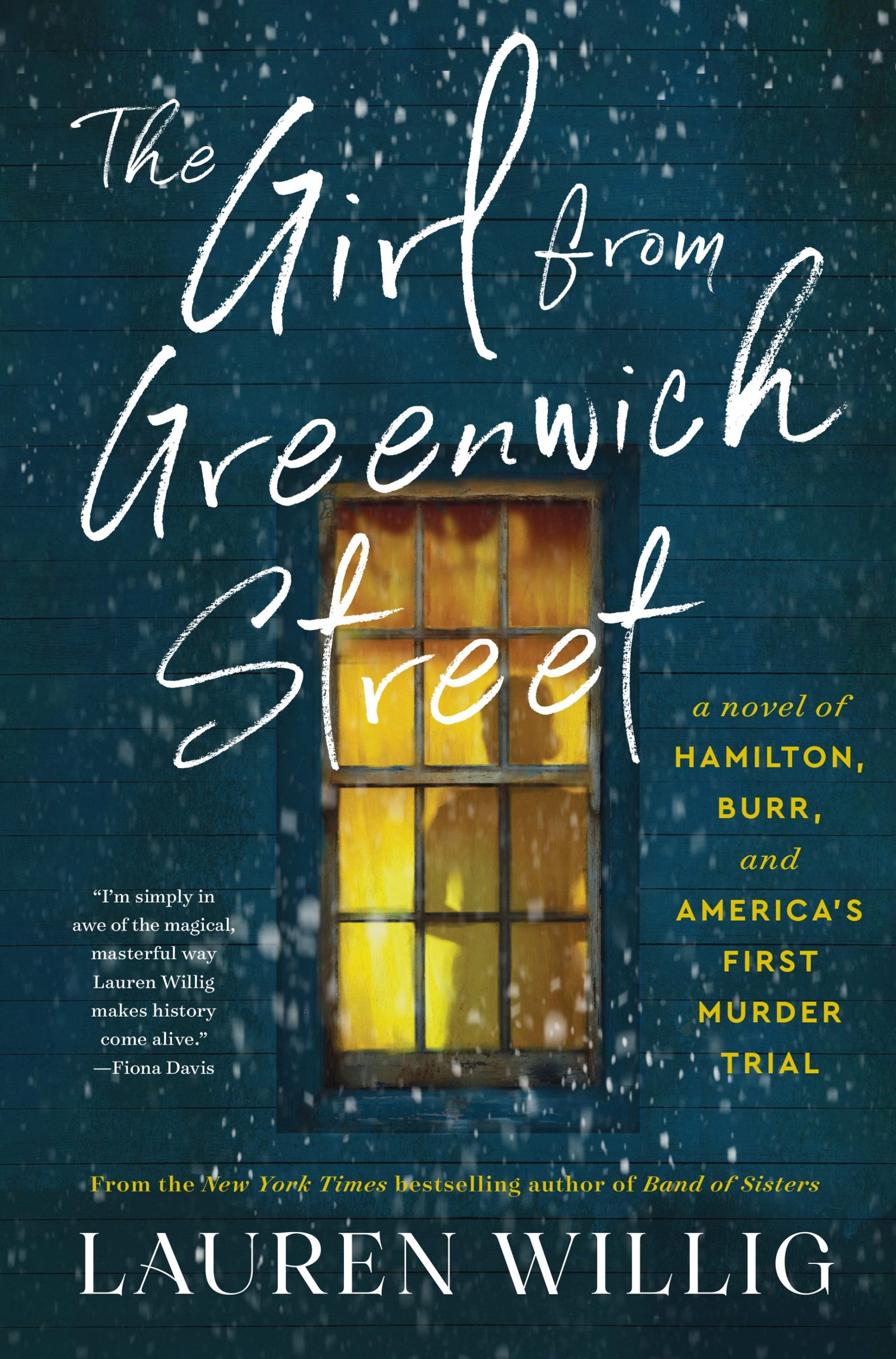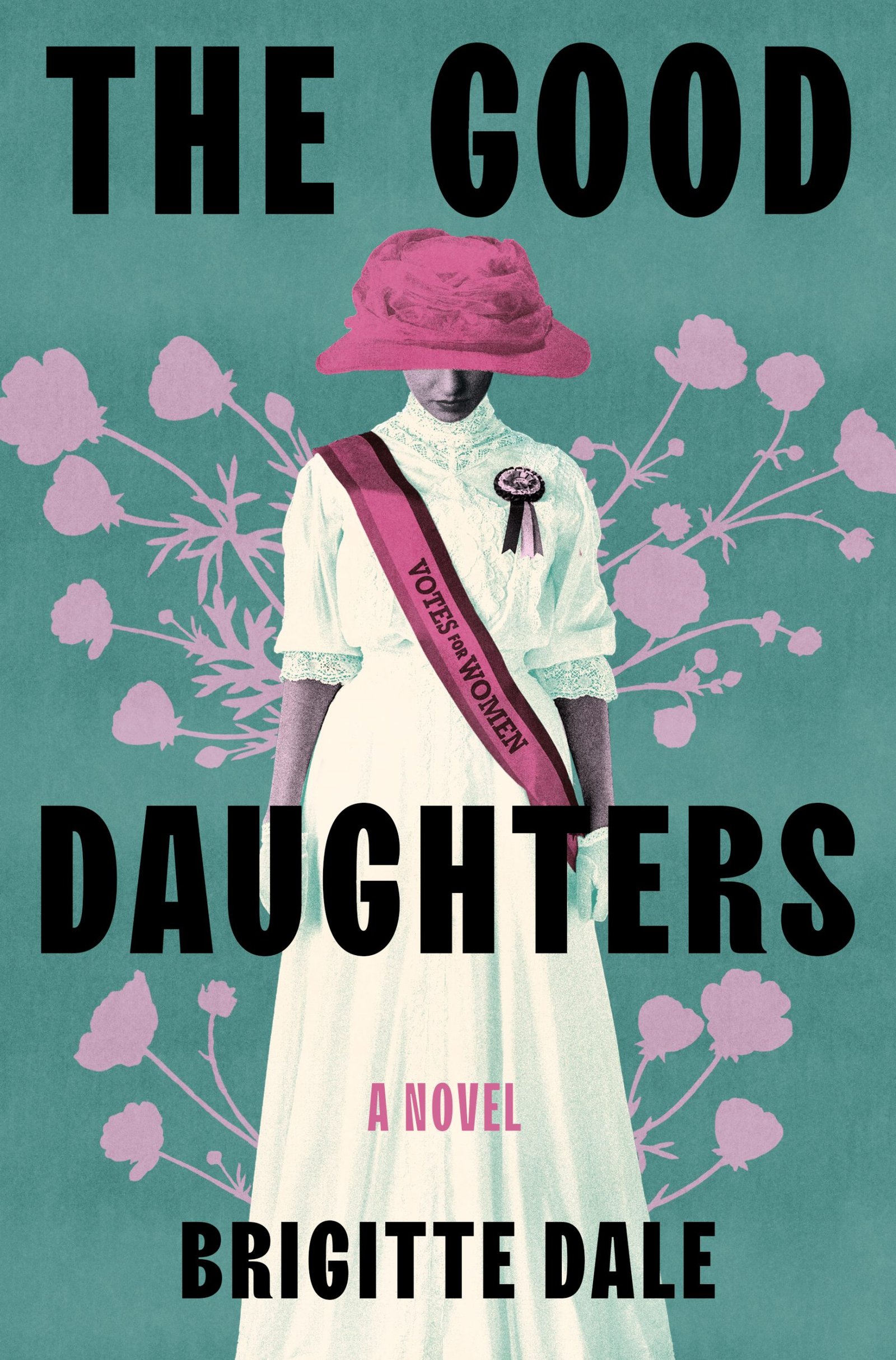WRITTEN BY ILYSA MAGNUS

When did you first learn about the Manhattan Well Murder? What drew you to the story? Seven years ago, I was scrolling through social media and stopped short at a post about the Manhattan Well Murder of 1800, an unsolved true crime in which a young woman was found dead—and Aaron Burr and Alexander Hamilton teamed up to defend the young carpenter accused of her murder.
Like most people, I was drawn to this case for the wrong reasons: Hamilton and Burr. How wonderful and strange, I thought, the two of them joining forces to save a man from the gallows just four years before the fatal duel and mere weeks before the hotly contested New York elections of 1800. It turned out that wasn’t wonderful at all; they were frequently co-counsel.
But you know what is wonderful about this case? The trial transcript. The Levi Weeks case is America’s first fully recorded murder trial. The clerk of the court took down the testimony verbatim through two electrifying days of trial that played out the way trials often do on television, but seldom in real life. Lies, secrets, adultery, unexpected twists…. Once I read that transcript, I was hooked. It was Law and Order: 1800!
How long did it take from inception to publication? What was the most difficult thing about writing the book? The thing about being a career author is that no matter how exciting an idea is, it has to wait in the queue behind the books you’re already contracted to write. I stumbled on the Manhattan Well Murder when I was researching Band of Sisters. It wasn’t until January 2022, when I’d finished that book, its sequel, and two Team W books [co-authored with Karen White and Beatriz Williams], that I was finally able to start digging into the research on the Manhattan Well Murder—and discovered that nothing was what it seemed.
That was the hardest thing about writing this book: untangling fact from myth. So much of what “everyone knows” about this case turned out to be wrong. Instead of the six months of research I had envisioned, I wound up on a two-year archival deep dive ranging from letters in the New-York Historical Society to the collections of the New York Law Institute to census records in Cornwall, New York to biographies of obscure Quaker preachers. I felt like I was back in my history grad school days!
How did you make the transition from “romantic” historicals to one featuring Hamilton and Burr? Believe it or not, it’s been a decade since the last Pink Carnation book was published! I’ve written eight standalone historicals and five Team W books since those Pink days, so it’s been a long, gradual transition. Having grown up on M. M. Kaye and Karleen Koen, I’d always wanted to write sweeping historical sagas set in all sorts of places, and those stand alones let me wander from 1920s Kenya to Colonial Barbados to Gilded Age New York.
But it was really Band of Sisters that made this book possible. Until then, my books had involved fictional characters living out fictional stories in the context of real events. Band of Sisters was based on thousands of letters written by Smith College alumnae who went to the front in World War I. That archival deep dive, building up a book based on the real experiences of real people, paved the way for researching and writing The Girl from Greenwich Street.
Is there one character who you believe is focal to how GFGS evolves? The most important—and the most elusive— character in this case is Elma Sands, the woman in the well. She gets trampled over by authors in their eagerness to get to Hamilton and Burr, used as a pretext to get them into the courtroom, flattened into an innocent woman seduced or a melancholy nymphomaniac laudanum addict, Madonna or whore, with no attempt to get to the real woman underneath. I don’t believe you can understand this case without trying to understand Elma Sands. It is her actions and relationships, and, ultimately, her character, which are crucial to making sense of what happened the night she left the boarding house at 208 Greenwich Street and never came back.
Hamilton and Burr have central roles in the book. We all know that their relationship ended in a duel. To what extent did you fictionalize them? Duel? What duel? Writing this book, I could only know what had happened, not what was to come. In 1800, as far as we know, Hamilton and Burr are going to go on driving each other bonkers for decades to come—because that’s what they do. There are so many beautiful examples in this case of the ways their personalities clash: Hamilton’s conviction that he’s the smartest person in the room and his micro-managing irritate Burr while Hamilton froths at the mouth every time Burr pulls a fast one on him.
I think it’s impossible not to fictionalize your characters, no matter how hard you try to portray them faithfully. I read all the biographies I could get my hands on and spent months immersed in their letters, to get a sense of their modes of thought and the rhythms of their voices. But there are gaps and guesses no matter how much research you do. I only hope the two of them realize I tried!
Do you have a next project lined up? Funny story: I was going to write another archival deep-dive historical novel based on a real 18th-century American trial. But over lunch with my agent, I made a throwaway comment about a random idea I’d had about a contemporary paranormal romance set at Brooklyn’s Green-Wood Cemetery. To my utter shock, she said, “Drop everything and write that.” So I did. What Happens at Nightfall is headed your way September 2026!
About the contributor: Ilysa Magnus is a former US reviews editor for HNR.
Published in Historical Novels Review | Issue 113 (August 2025)


